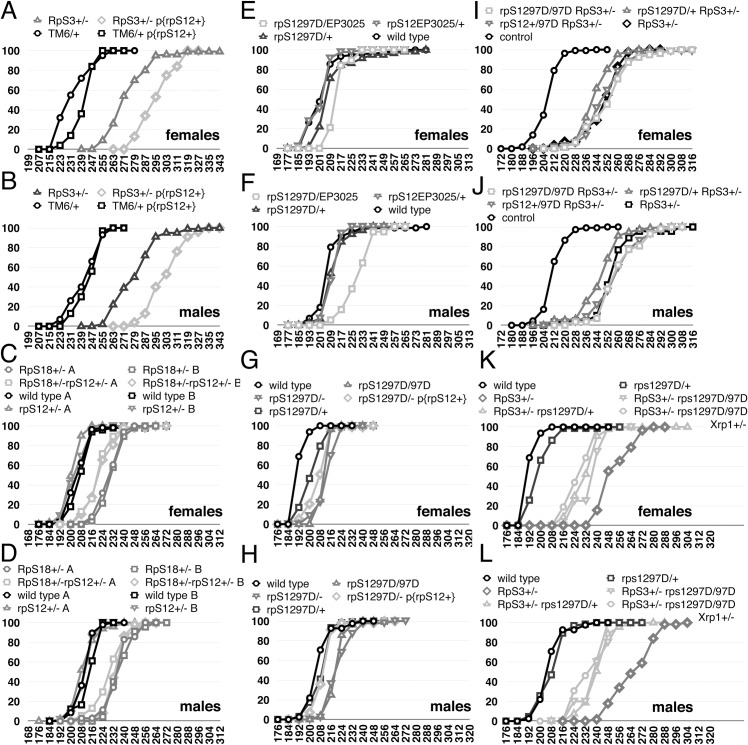Fig 3. Contribution of RpS12 to rate of development.
All panels show the cumulative percentage of adult flies emerged according to time after egg laying in hours. A,B) A genomic transgene including the rpS12+ locus had little effect on wild type development but significantly retarded development of RpS3+/- flies. C,D) Heterozygosity for rpS12 had little effect on wild type development but modestly accelerated development of RpS18+/- flies. E,F) the genotype rpS12D97/EP3025 modestly delayed development of otherwise wild type flies. G,H) the genotype rpS12D97/D97 modestly delayed development of otherwise wild type flies and this delay was suppressed by a genomic transgene including the rpS12+ locus. I,J) An experiment in which rpS12D97/D97 and rpS12D97/+ genotypes had little effect on the development of RpS3+/- flies. K,L) An experiment in which rpS12D97/D97 and rpS12D97/+ genotypes suppressed the developmental delay of RpS3+/- flies, to a similar extent to RpS3+/- rpS12D97/D97 Xrp1+/- flies. In Fig 3K and 3L, the development of RpS3+/- rpS12D97/D97 flies and RpS3+/- rpS12D97/D97 Xrp1+/- flies are significantly faster than RpS3+/- flies (p<0.00001 in all cases, Mann Whitney procedure). The detailed genotypes used and numerical data corresponding to these graphs is tabulated in the S4 Table.

